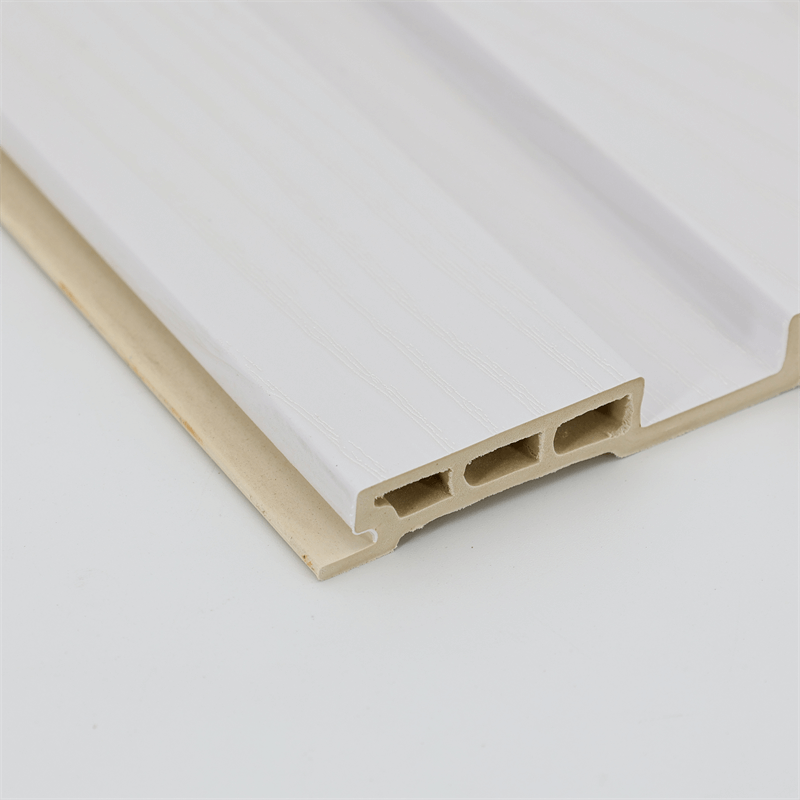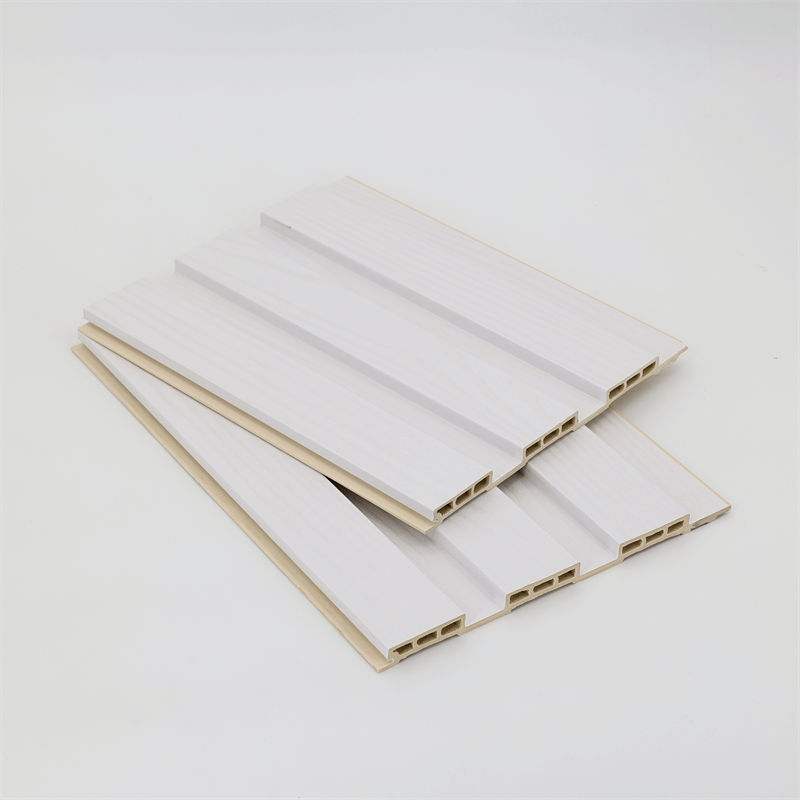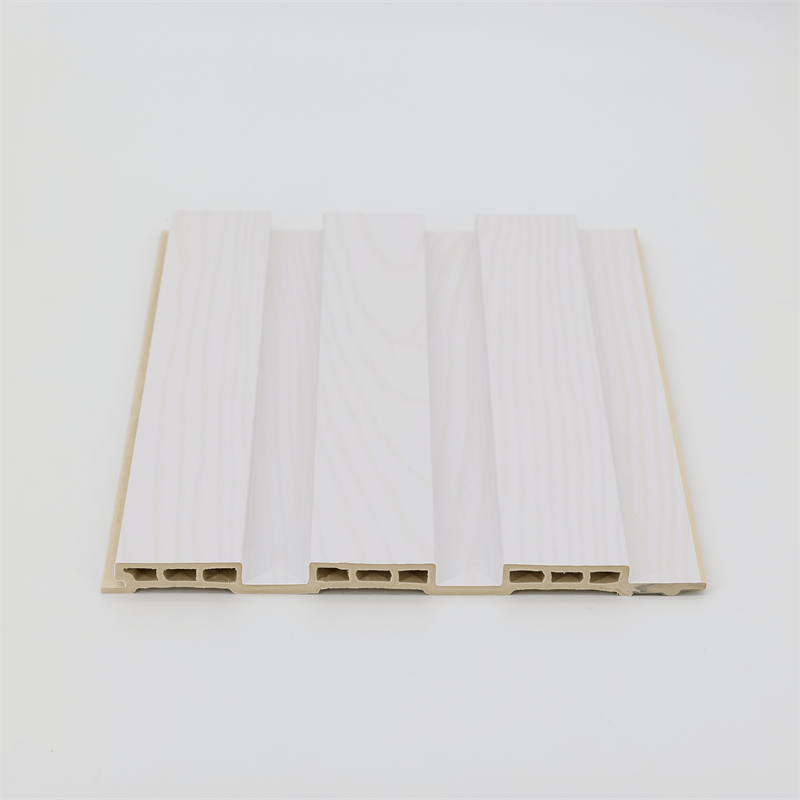As environmental awareness continues to grow, the demand for sustainable interior design solutions has become increasingly important.
Designers and homeowners alike are seeking materials that not only enhance the aesthetics of their spaces but also minimize their environmental impact.
One such material that aligns with these goals is WPC (Wood-Plastic Composite) wall panels.
In this essay, we will delve into the eco-friendliness of WPC wall panels, exploring their sustainable features, their contribution to reducing deforestation, their recyclability, and their energy efficiency.
I. Sustainable Features: A Greener Choice
WPC wall panels are considered a greener choice compared to traditional wall materials due to their sustainable features.
These panels are typically made from a combination of recycled wood fibers and plastic, diverting waste from landfills and reducing the demand for virgin materials.
By utilizing recycled materials, WPC panels help minimize the depletion of natural resources and promote a more circular economy.
Furthermore, the manufacturing process of WPC panels often involves efficient resource utilization.
Advanced production techniques and technologies are employed to minimize waste and energy consumption during the manufacturing process.
This focus on resource efficiency further enhances the sustainability of WPC wall panels.
II. Contribution to Reducing Deforestation: A Responsible Alternative
One of the significant environmental benefits of WPC wall panels is their contribution to reducing deforestation.
Traditional wood materials used for interior design, such as hardwood, often require the harvesting of trees from natural forests.
This practice can have detrimental effects on ecosystems and contribute to deforestation.
By opting for WPC wall panels, designers and homeowners can reduce their reliance on timber sourced from natural forests.
WPC panels provide a responsible alternative that mimics the look and feel of wood while reducing the need to cut down trees.
This, in turn, helps preserve forests, protect biodiversity, and mitigate climate change.
III. Recyclability: A Closed-Loop Solution
Another eco-friendly aspect of WPC wall panels is their recyclability. These panels can be recycled at the end of their lifespan, further extending their sustainable lifecycle.
The recycled materials can be used to produce new WPC products or other plastic-based materials, creating a closed-loop system that minimizes waste and reduces the demand for new raw materials.
The recyclability of WPC panels not only reduces the environmental impact but also promotes a more sustainable and circular economy.
It encourages the responsible management of materials, encourages recycling infrastructure development, and supports the transition towards a more resource-efficient society.
IV. Energy Efficiency: Reducing Environmental Footprint
Energy efficiency is an important aspect of sustainable interior design, and WPC wall panels contribute to this goal.
These panels have inherent insulation properties, which can help improve the thermal efficiency of a space.
The insulation provided by WPC panels reduces heat loss during winter and heat gain during summer, resulting in reduced energy consumption for heating and cooling.
By improving the energy efficiency of buildings, WPC wall panels help reduce greenhouse gas emissions associated with energy consumption.
This reduction in emissions not only benefits the environment but also contributes to lower energy costs and a more comfortable indoor environment for occupants.
WPC wall panels offer a sustainable interior design solution that combines aesthetics with eco-friendliness.
Their sustainable features, contribution to reducing deforestation, recyclability, and energy efficiency make them an excellent choice for environmentally conscious designers and homeowners.
By incorporating WPC wall panels into interior design projects, professionals and homeowners can create visually stunning spaces while minimizing their environmental impact.
Whether it’s a residential home, commercial space, or public building, WPC panels provide a sustainable alternative to traditional wall materials, promoting responsible resource management, reducing deforestation, encouraging recycling, and improving energy efficiency.
Choosing WPC wall panels for interior design not only supports a greener future but also showcases a commitment to sustainability and responsible consumption.
By making conscious choices in design materials, we can contribute to a more sustainable world while creating beautiful, functional, and eco-friendly spaces that align with our values.
As the demand for eco-friendly interior design solutions grows, WPC wall panels have emerged as a viable option that combines style and sustainability.
By exploring their sustainable features, their contribution to reducing deforestation, their recyclability, and their energy efficiency, we can gain a deeper understanding of their positive environmental impact.
WPC wall panels are manufactured using a combination of recycled wood fibers and plastic.
This innovative use of recycled materials not only reduces the amount of waste going into landfills but also decreases the need for virgin resources.

By diverting waste and repurposing it into functional and aesthetically pleasing wall panels, WPC panels contribute to a more circular economy and promote the efficient use of resources.
One of the most significant advantages of WPC wall panels is their role in reducing deforestation.
Traditional wood materials often require the harvesting of trees from natural forests, leading to habitat destruction and loss of biodiversity.
WPC panels provide a responsible alternative that mimics the appearance of wood without contributing to deforestation.
By choosing WPC panels, designers and homeowners can make a conscious decision to preserve forests and protect the delicate ecosystems they support.
Recyclability is another key aspect of the eco-friendliness of WPC wall panels. At the end of their lifespan, these panels can be recycled, contributing to a closed-loop system.
The recycled materials can be used to produce new WPC panels or other plastic-based products, minimizing the need for additional raw materials.
This recycling process reduces waste and promotes resource efficiency, making WPC wall panels a sustainable choice for interior design projects.
Energy efficiency is a critical consideration in sustainable interior design. WPC wall panels offer inherent insulation properties that enhance the energy efficiency of buildings.
The insulation provided by these panels helps to regulate indoor temperatures, reducing the need for excessive heating or cooling.
By improving thermal efficiency, WPC panels can contribute to energy savings and lower carbon emissions, making them an environmentally friendly option for interior spaces.
In conclusion, WPC wall panels present a sustainable and stylish choice for interior design projects.
Their use of recycled materials, contribution to reducing deforestation, recyclability, and energy efficiency make them an excellent option for those seeking eco-friendly solutions.
By incorporating WPC panels into interior spaces, we can create visually appealing environments while actively promoting sustainability.
As we continue to prioritize sustainable practices, it is essential to explore and embrace materials that minimize environmental impact.
WPC wall panels offer a compelling solution that combines aesthetics, functionality, and eco-friendliness.
By choosing WPC panels, we can make a positive difference in the world of interior design, creating spaces that not only reflect our personal style but also contribute to a greener and more sustainable future.


